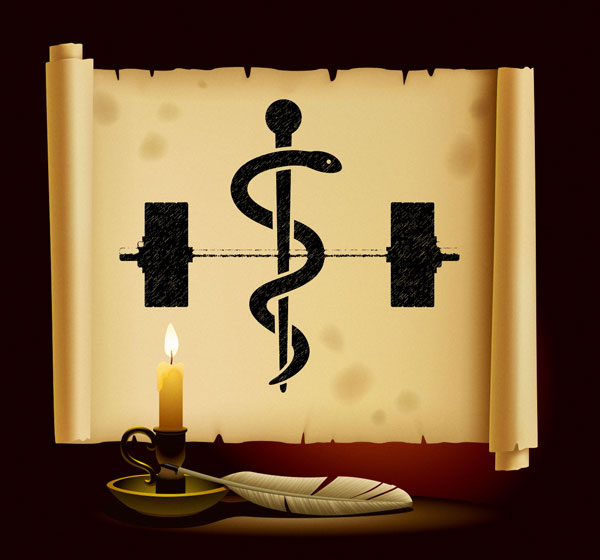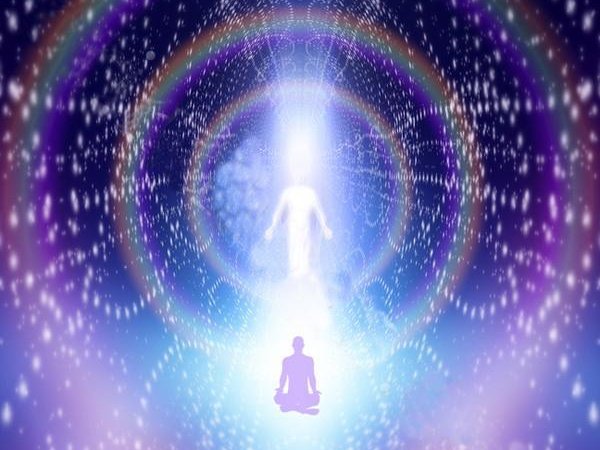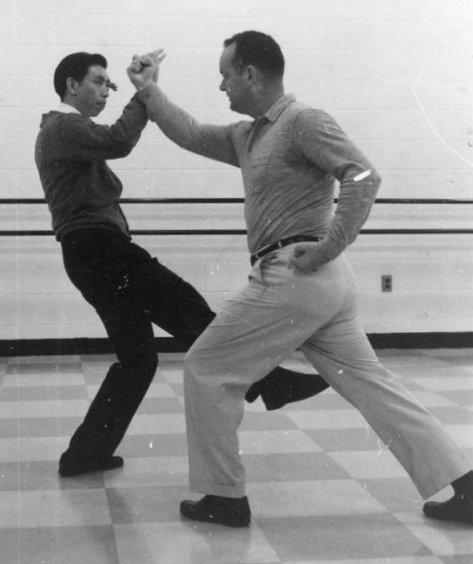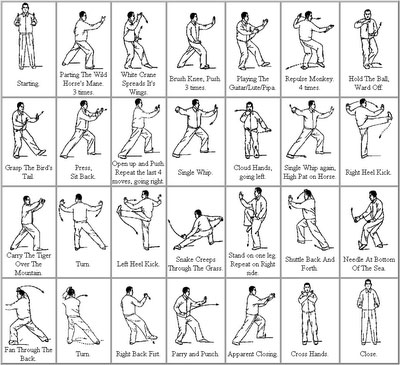
The New Year is almost upon us and millions of people will be making resolutions to improve their health. Gym memberships are purchased, new diets are tried, and home exercise equipment is ordered. Unfortunately most of these resolutions are doomed to fail, often by the time March rolls around. The gym memberships go unused, the diets are not sustainable, and the exercise equipment becomes an expensive clothes hanger. The cycle will repeat the following New Year, with many of us starting over again, sometimes in worse health than the previous year. No long-term progress is ever made. Why do we set ourselves up for failure year after year?
The modern environment lays perpetual siege to the health of our body and mind. Fast food, nasty bosses, long work hours, financial worries, domestic conflicts, poor sleep, and pollutants/toxicants are part of the world in which we live. With these health-destroying enemies at our gates, we have to put in more effort than ever before to achieve and maintain optimum health. We have to build a health fortress to protect us from the modern environment.
The primary reason most resolutions go unrealized soon after they are made has less to do with the actual resolutions themselves and more to do with how they are implemented-the plan. Attempting to radically change your current lifestyle overnight is akin to building a huge wall with brick and stone and not using mortar. You can build an impressive wall quickly but it will soon crumble under the slightest outside pressure, certainly not siege-worthy.
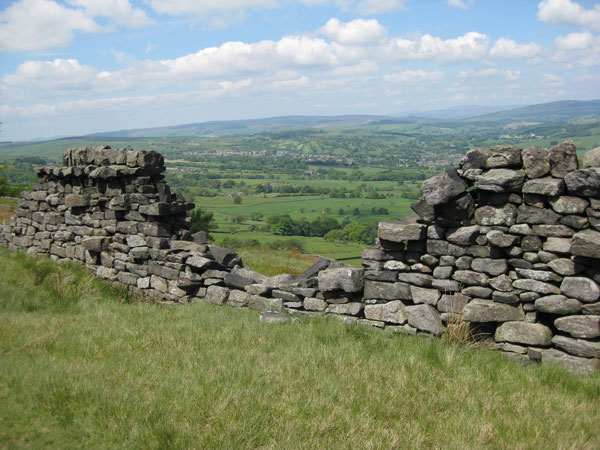
To build an impregnable Health Fortress, each brick and stone has to be placed and then sealed with mortar for strength and resilience. This process takes time and effort, but the result is a structure that you can build on year after year, not a flimsy construct that has to be rebuilt from scratch every year.
Each brick/stone for your fortress is a small positive lifestyle change. Each change must be sealed in place with time as the mortar. When you can incorporate a small lifestyle change into your daily routine for at least 90 days, the chances of it sticking for life increases dramatically. This is the way you can slowly build each wall of your fortress, and the building process is sustainable.
There are hundreds of potential bricks (lifestyle changes) outlined in Strong Medicine. In the book, we call them defensive tactics. On New Years day, pick a couple of these that you think you need the most and incorporate them into your life for 3 months. By the time March rolls around, the new bricks are no longer changes but have become part of your wall, set in place and resilient. Then pick a couple more bricks and continue the process. Even if you just picked 2 changes every 3 months, by next New Year you will be well on your way to having an impressive wall. Instead of starting over again, you now have a structure on which to keep building. This is how a Health Fortress is made, and sustainable wellness is achieved.
Don’t fall into the New Year’s resolution trap. Start 2016 with a New Life Resolution and build your Health Fortress.
***
Chris Hardy, D.O., M.P.H., CSCS, is the author of Strong Medicine: How to Conquer Chronic Disease and Achieve Your Full Genetic Potential. He is a public-health physician, personal trainer, mountain biker, rock climber and guitarist. His passion is communicating science-based lifestyle information and recommendations in an easy-to-understand manner to empower the public in the fight against preventable chronic disease.
